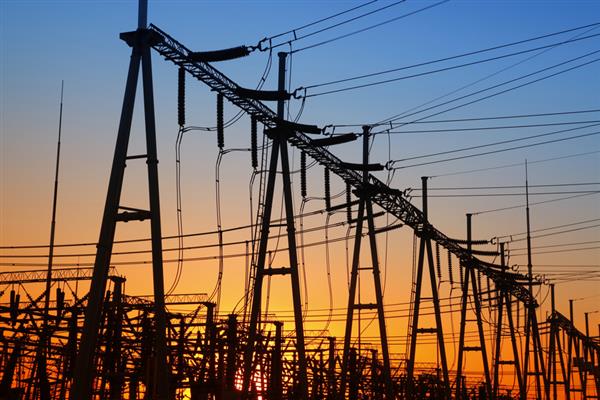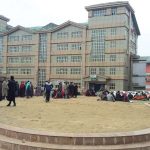Srinagar, Dec 26: Jammu and Kashmir has so far harnessed 23.72% of its estimated 18,000 MW hydro power potential, with 3,526.65 MW of capacity developed through various projects.
The government is working on doubling its hydropower generation capacity by 2026, with major projects like Pakal Dul, Rattle, Kiru, and Kwar in the pipeline to meet the growing energy demands and fully tap into its vast hydroelectric potential.
As per the data, J&K has hydro power potential of 18,000 MW, of which approximately 14,867 MW has been identified for development. However, only 3,526.65 MW, or 23.72% of the identified potential, has been harnessed so far. The existing capacity includes 1,197.4 MW in the state sector, 2,250 MW in the central sector, and 79.2 MW from Independent Power Producers (IPPs).
The state has 29 hydro power projects in operation, with a total installed capacity of 3,526.46 MW. The NHPC manages six projects with a combined capacity of 2,250 MW, while the Jammu and Kashmir Power Development Corporation (JKPDC) oversees 13 projects with a capacity of 1,197.21 MW, the data reveals adding that IPPs are responsible for 10 projects, contributing 79.25 MW to the total capacity.
By March 2024, J&K transmission and distribution capacity has reached 31,743.5 MVA, with a total electric line length of 1,66,376 kilometers which marks an impressive increase of over 31% in capacity in the last four years.
The data also reveals that the govt is planning to double the hydropower generation capacity of J&K by 2026, with the development of projects such as the 1,000 MW Pakal Dul, 850 MW Rattle, 624 MW Kiru, and 540 MW Kwar. By 2030, the UT aims to augment its power generation by an additional 3,284 MW through the development of four major projects which include 1,856 MW Sawalkote, 930 MW Kirthai-II, 240 MW Uri (stage-II), and 258 MW Dulhasti (stage-II), it added.
Between 2020-21 and 2023-24, J&K has seen a steady rise in electricity consumption, with per capita usage increasing from 1,322 KWHr to 1,507 KWHr.
The population has also grown from 13.41 million to 13.70 million, further driving up the demand for power, it said adding that the total units consumed have increased from 17,721.76 million to 20,644.47 million units during the same period.
The data reveals that J&K currently serves 23.45 lakh electric connections across various consumer categories, and the government is working to strengthen the distribution sector with a new Centrally Sponsored Scheme. As part of this effort, 14 lakh smart meters are targeted to be installed by March 2025. Of this, 7.27 lakh smart meters are set to be installed, with 5.78 lakh already completed. Alongside, projects aimed at reducing power loss are also underway, with an expected completion date of March 2025.
The data further shows that the Jammu and Kashmir Energy Development Agency (JaKEDA) has allocated 35 Mini Hydel Projects (MHPs) with a total capacity of 103.05 MW under the IPP mode. Projects like the 5 MW Bultikulan and the 3.75 MW Khari have already been commissioned. Additionally, 37 new small hydro projects with a combined capacity of 107 MW are planned under the IPP mode, while 13 projects with a capacity of 112.5 MW are in the pipeline under the Engineering, Procurement, and Construction (EPC) mode, pending the release of funds.
Solar energy development is also gaining momentum, with 27.85 MW of capacity already installed which includes projects under initiatives like the Grid Connected Rooftop Solar Power Plant and the PM-KUSUM scheme. The government is planning to achieve 500 MW of grid-connected solar power and install 15,000 solar pumps by 2026.








